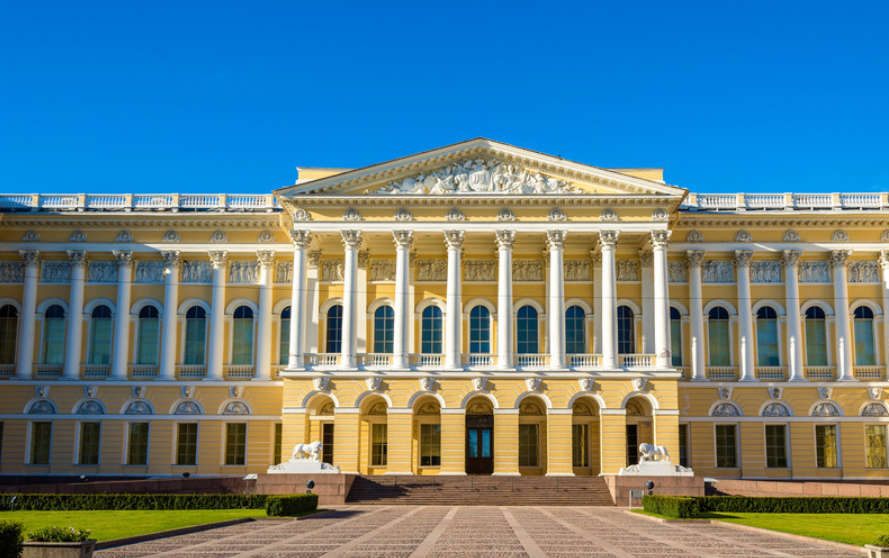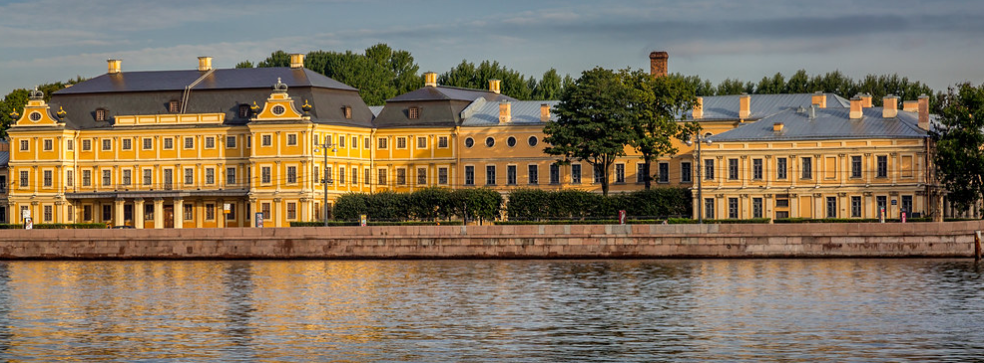Welcome to the second installment of our media resources series! This post directs you to various museum websites to begin exploring various cultures within the languages Reed supports.
Arabic
The National Bardo Museum in Tunis has collections spanning Tunisia’s Phoenician to Islamic history. The website is available in Arabic, French, and English. It features information about the museum and its collections, including extended information on 101 significant artifacts.
This reimagined library of Alexandria holds a public library, museums, and research collections. The website, available in Arabic, French, and English, provides information about the various departments of the Biblioteca Alexandrina as well as events held in the space.
Mandarin
The Forbidden City is a massive palace complex in Beijing, dating originally from the fifteenth century. The Forbidden City is a popular tourist destination for both its palace architecture and for the collection of artifacts from the imperial period housed within the palace. The website, available in both Chinese and English, contains information about the palace, including virtual tours; digital views of the collection; and information about exhibits.
The tomb of Qin Shi Huang, the first Qin emperor, is one of the most famous archaeological sites in the world. Thousands of unique sculptures of warriors and hundreds of horses made of terracotta were buried with the emperor in the third century BCE. The website of the museum, which is located in Xi’an, includes information about these finds.
French
This museum houses mostly French artwork from the second half of the 19th and early 20th centuries. The website features information about the collection, including digital exhibits; information about topics like restoration and the history of the museum; and news and cultural events.
The Louvre is one of the world’s largest museums, featuring cultural and artistic works for all over the world and from different time periods. The website allows you to search for specific works, look at the collections, or explore the history of the museum.
This is the national museum of the Middle Ages. The website gives pictures and context for works in a timeline or by themes. There’s also a section for resources, with links to other significant medieval sites and bibliography.
German
These are five of Munich’s most influential art museums, which showcase works dating from as early as the 13th century to the present-day. The website includes information about exhibits and
Built by the Nazi regime, Haus der Kunst now houses modern, often controversial artworks from throughout the world. The website features information about exhibits as well as the history of the museum. One of the highlights of the website are the richly illustrated free PDF booklets on past exhibitions and artists.
This museum in Vienna exhibits modern and expressionist work from some of the most well-known Viennese artists of the 20th Century. The website includes an easy-to-navigate exploration of the masterpieces of the permanent collection.
Museuminsel
Now a UNESCO World Heritage Site, the Museum island in Berlin is comprised of five state museums and galleries known not only for the artworks on display but also for buildings’ architectural beauty, as well. The Altes Museum, Neues Museum, and Pergamonmuseum feature prehistoric to classical art; the Bode-Museumhouses Byzantine art, sculpture, and a numismatics collection, and the Alte Nationalgalerie features 19th-century painting.
Russian
The Hermitage museum is the largest in Russia and one of the largest in the world, with collections from antiquities to post-impressionist art. The website features information on current exhibits and the ability to search the extensive collection or highlights of the collection
This museum features 20th- and 21st-century art. The website provides information about the permanent collection and visiting exhibits. The museum also hosts an English-language lecture series.
Spanish
MALBA focuses on Latin American artists as well as internationally acclaimed artists. The website includes great descriptions and pictures of current exhibitions, extensive online collections, and interactive videos.
This branch of the Guggenheim museum in Spain features modern and contemporary art. The collection is available to view online, and there is also extensive information about current, future, and past exhibitions.
This museum displays Mexico’s rich archaeological and ethnographic history. Some of the collection is available online, searchable by ethnic group or time period. The website also features cultural information about Mexico.
This museum in Madrid is renowned for its classical works by artists such as Goya and Velázquez. Masterpieces of their collection are available to explore online. There’s also information about current exhibits and research and educational materials.


